Scientific Secrets Behind Your Feline's Strangest Habits
Cats have long been enigmatic companions to humans, captivating us with their mysterious behaviors and seemingly aloof demeanor. While some of their actions may appear bizarre or inexplicable, science has been steadily unraveling the secrets behind these feline quirks. From their peculiar hunting techniques to their inexplicable love for boxes, each behavior is rooted in evolutionary adaptations and biological imperatives. This article delves into the scientific underpinnings of your cat’s strangest habits, offering insights into their world and enhancing your understanding of these fascinating creatures. Prepare to embark on a journey through the mind of your feline friend, as we explore ten intriguing aspects of their behavior.
The Art of Purring: More Than Just Contentment
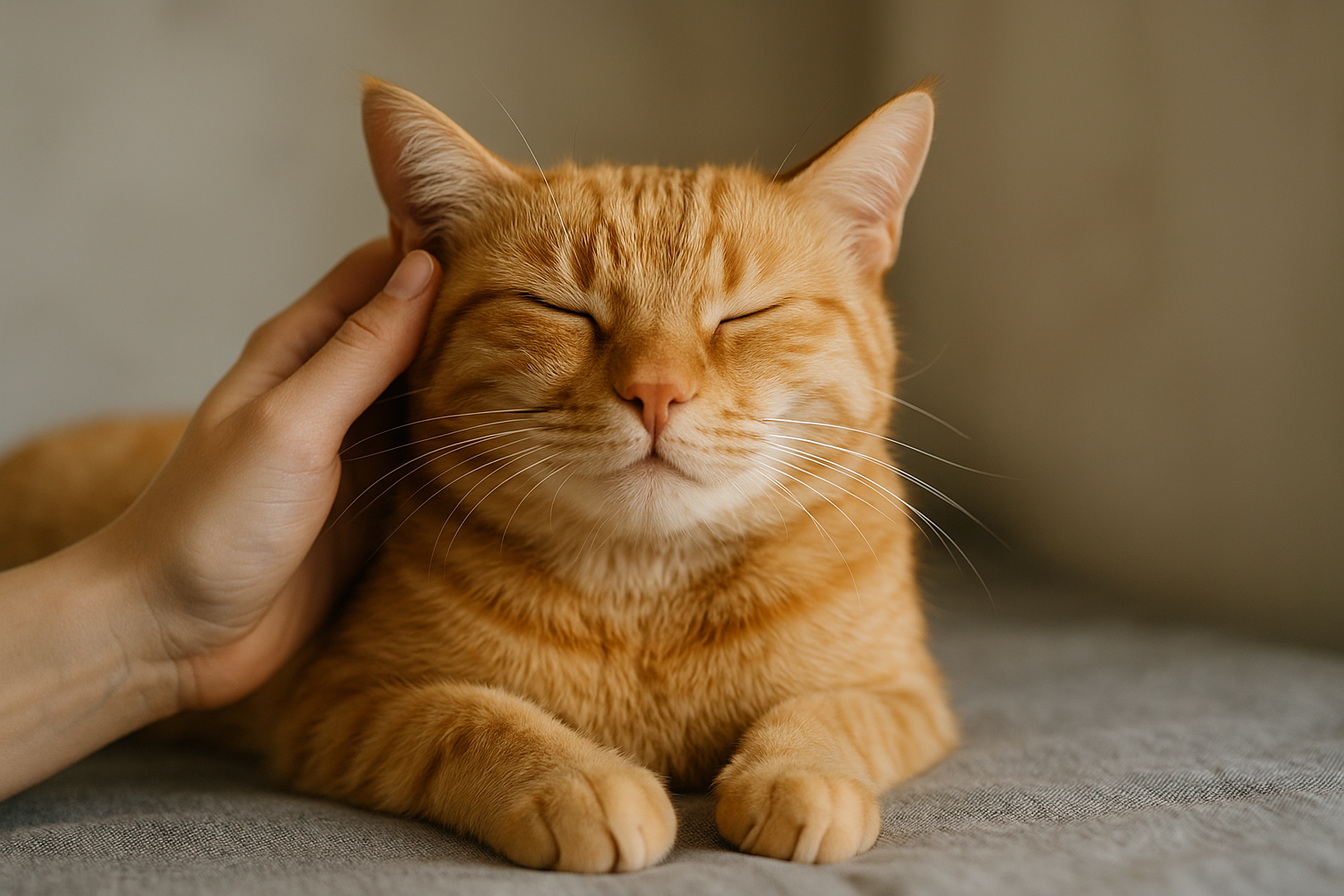
Purring is often associated with a cat's contentment, but the science behind this soothing sound reveals a complex communication tool. Cats purr at a frequency between 25 and 150 Hertz, which has been shown to have therapeutic effects, potentially promoting healing and reducing pain. Research suggests that cats may use purring as a self-soothing mechanism in stressful situations, such as during visits to the vet or when injured. Additionally, kittens purr to communicate with their mother, signaling that they are safe and content. This multifaceted behavior underscores the adaptive nature of purring, serving both social and physiological functions within a cat’s life.
Kneading: An Ancestral Trait
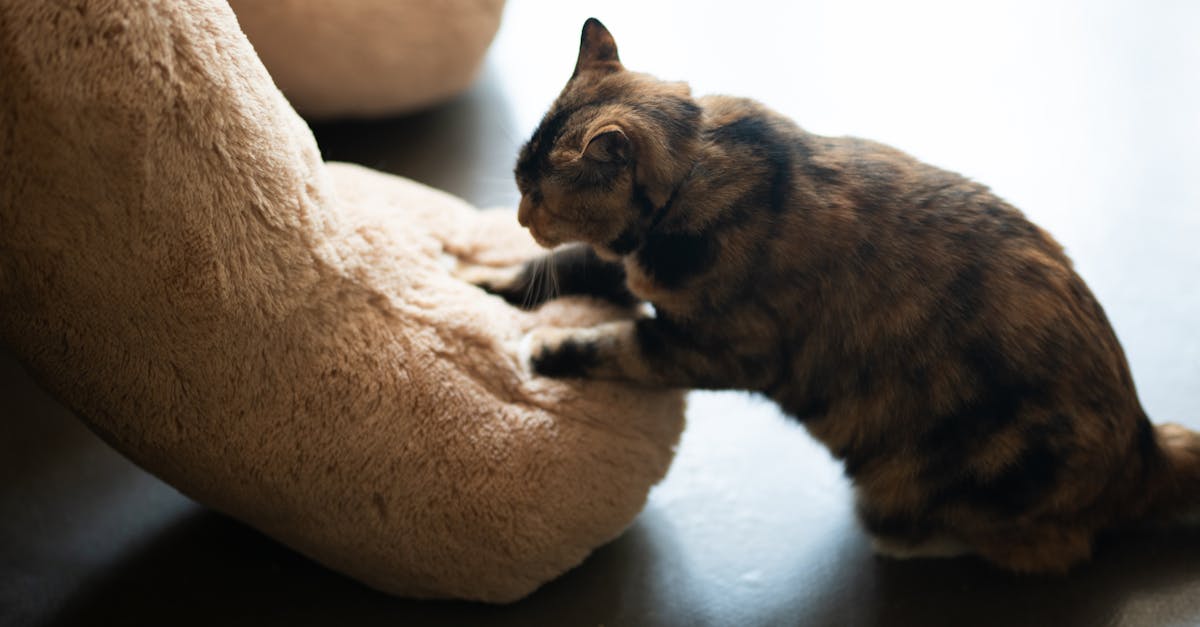
The rhythmic motion of a cat kneading with its paws is a behavior rooted in their early developmental stages. Kittens knead their mother’s belly to stimulate milk flow, a comforting action that often persists into adulthood. Scientifically, kneading is believed to be a remnant of this nursing behavior, providing comfort and security. Some theories suggest that kneading may also be a way for cats to mark territory, as scent glands in their paws release pheromones during the process. This behavior reflects the deep-seated instincts that continue to influence a cat’s actions long after they have left their mother’s side.
The Mystery of the Midnight Zoomies
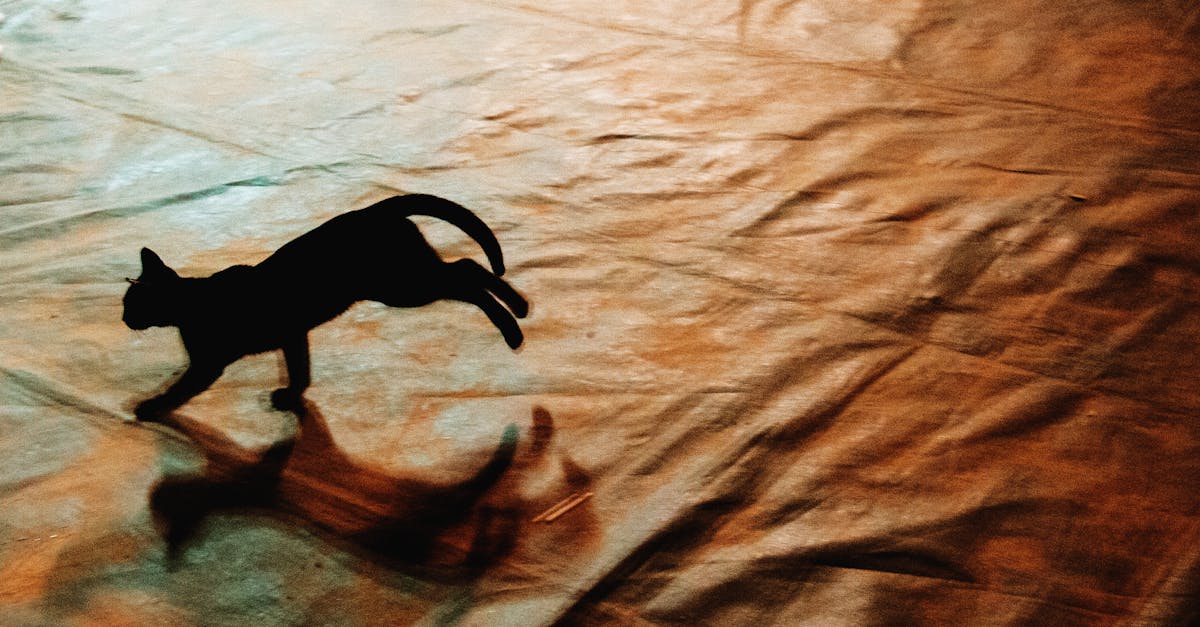
The sudden bursts of energy that cats experience, often referred to as the "zoomies," are a common source of amusement and bewilderment for cat owners. Scientifically, these episodes are linked to a cat’s predatory nature. In the wild, cats are crepuscular hunters, meaning they are most active during dawn and dusk. The zoomies mimic the high-energy bursts required for hunting prey, allowing cats to expend pent-up energy. This behavior is especially common in indoor cats, who may not have as many opportunities to engage in natural hunting activities. Understanding the zoomies can help owners provide appropriate outlets for their cat’s energy.
The Allure of Boxes: A Safe Haven
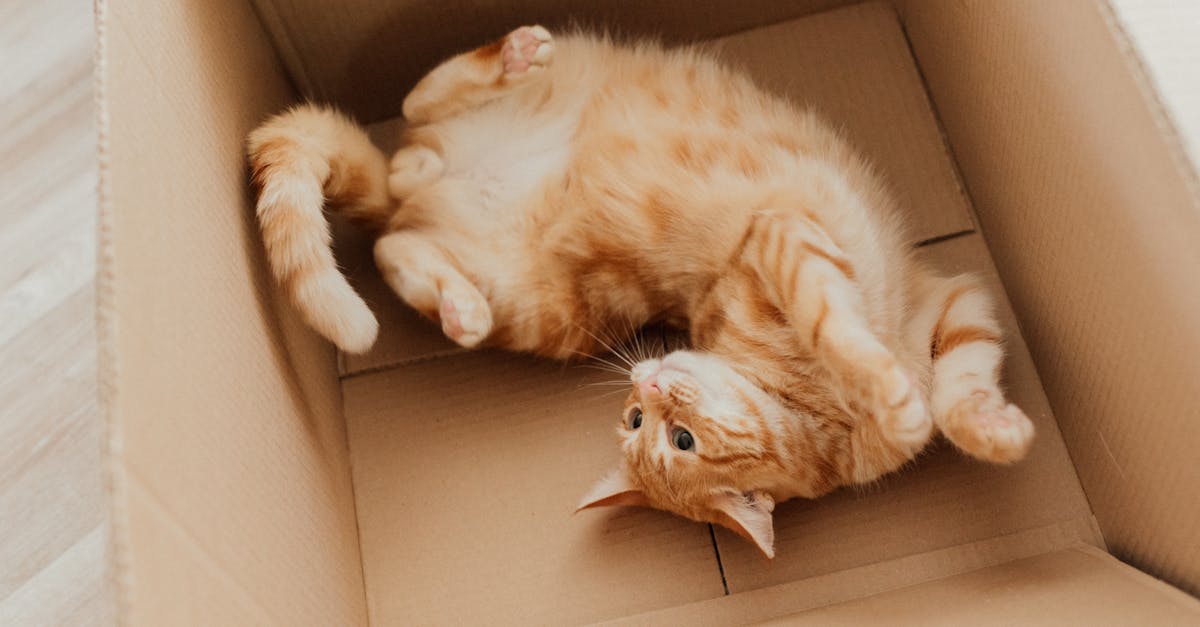
Cats’ fascination with boxes is a well-documented phenomenon, and science provides several explanations for this behavior. Boxes offer a sense of security, providing a confined space that protects cats from potential threats. This behavior is rooted in their instinctual need for safety and concealment. Additionally, boxes serve as excellent vantage points for observing their environment without being seen. The insulating properties of cardboard also provide warmth, which is particularly appealing to cats. Understanding this behavior can help cat owners create environments that cater to their pet’s need for security and comfort.
Head Bumping: A Gesture of Affection
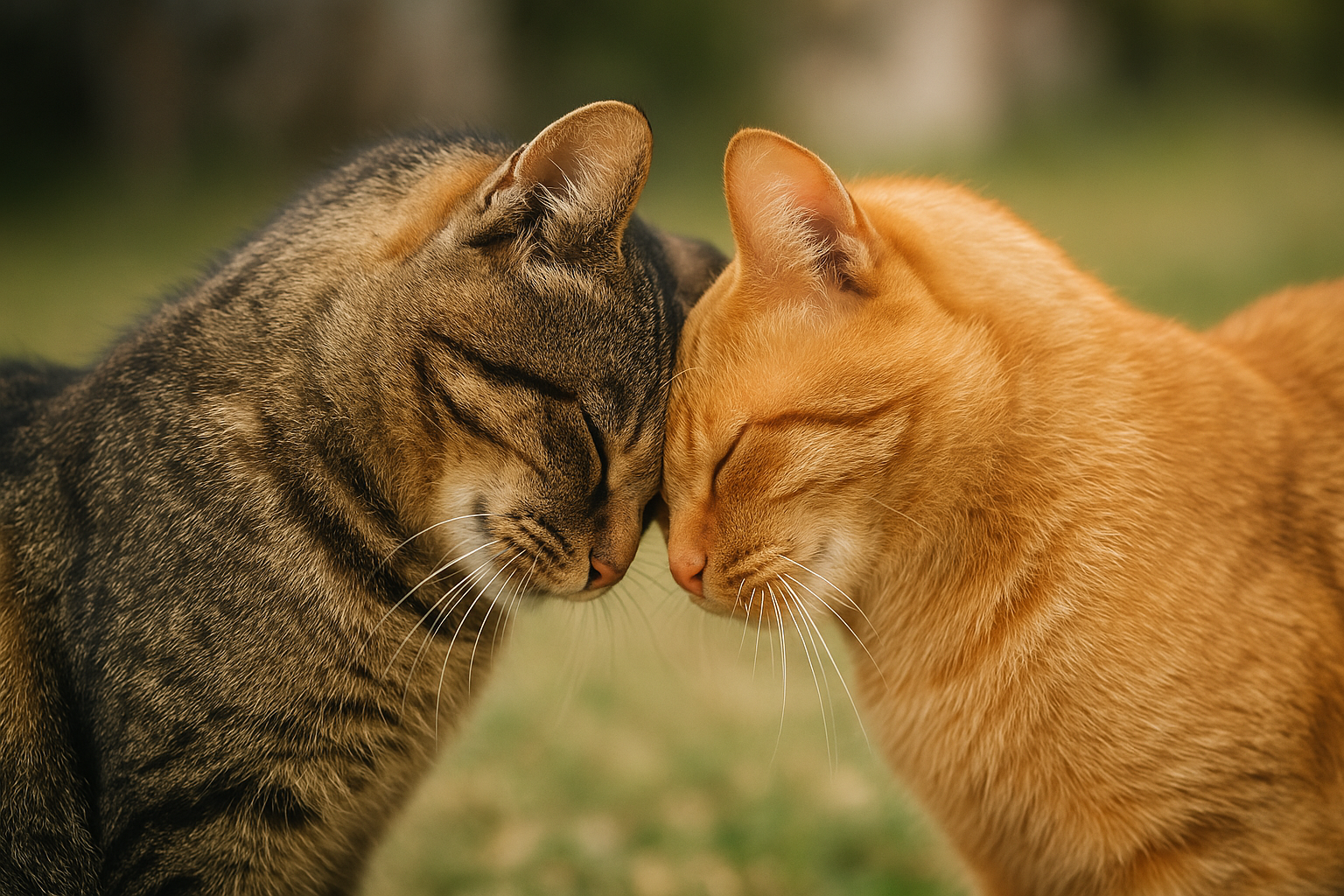
When a cat head-butts or bumps against you, it’s engaging in a behavior known as bunting. This action is a form of scent marking, where cats deposit pheromones from glands located on their heads. Scientifically, bunting is a social behavior that helps establish group identity and strengthens bonds with humans or other animals. It’s a sign of trust and affection, as cats only engage in this behavior with those they feel comfortable with. Recognizing bunting as a sign of acceptance can deepen the bond between you and your feline companion, highlighting the complex social dynamics of cat behavior.
The Hunting Dance: Precision and Play
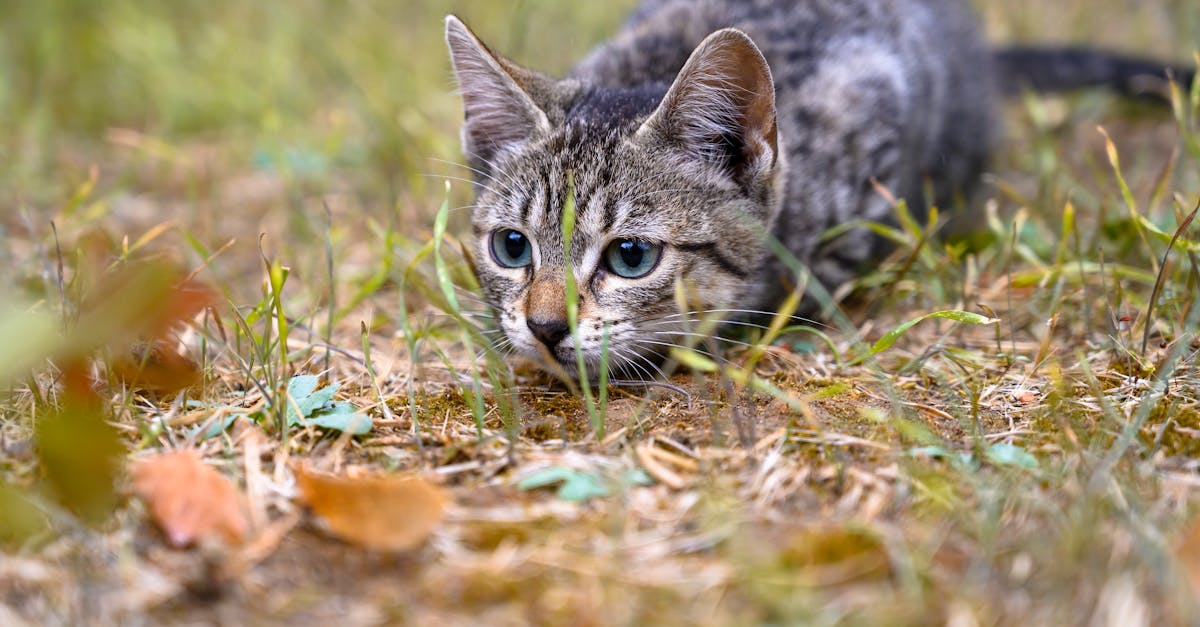
Cats are natural-born hunters, and their playful antics often mimic the precision and strategy required for hunting. The "hunting dance" involves stalking, pouncing, and capturing, behaviors that are deeply ingrained in their genetic makeup. Even well-fed domestic cats exhibit these behaviors, as play is a crucial aspect of their development and mental stimulation. Scientifically, play mimics hunting sequences, helping cats hone their motor skills and cognitive abilities. Providing toys that simulate prey can satisfy these instincts, promoting physical health and mental well-being. Understanding this behavior underscores the importance of play in a cat’s life.
The Language of Tails: A Communication Tool
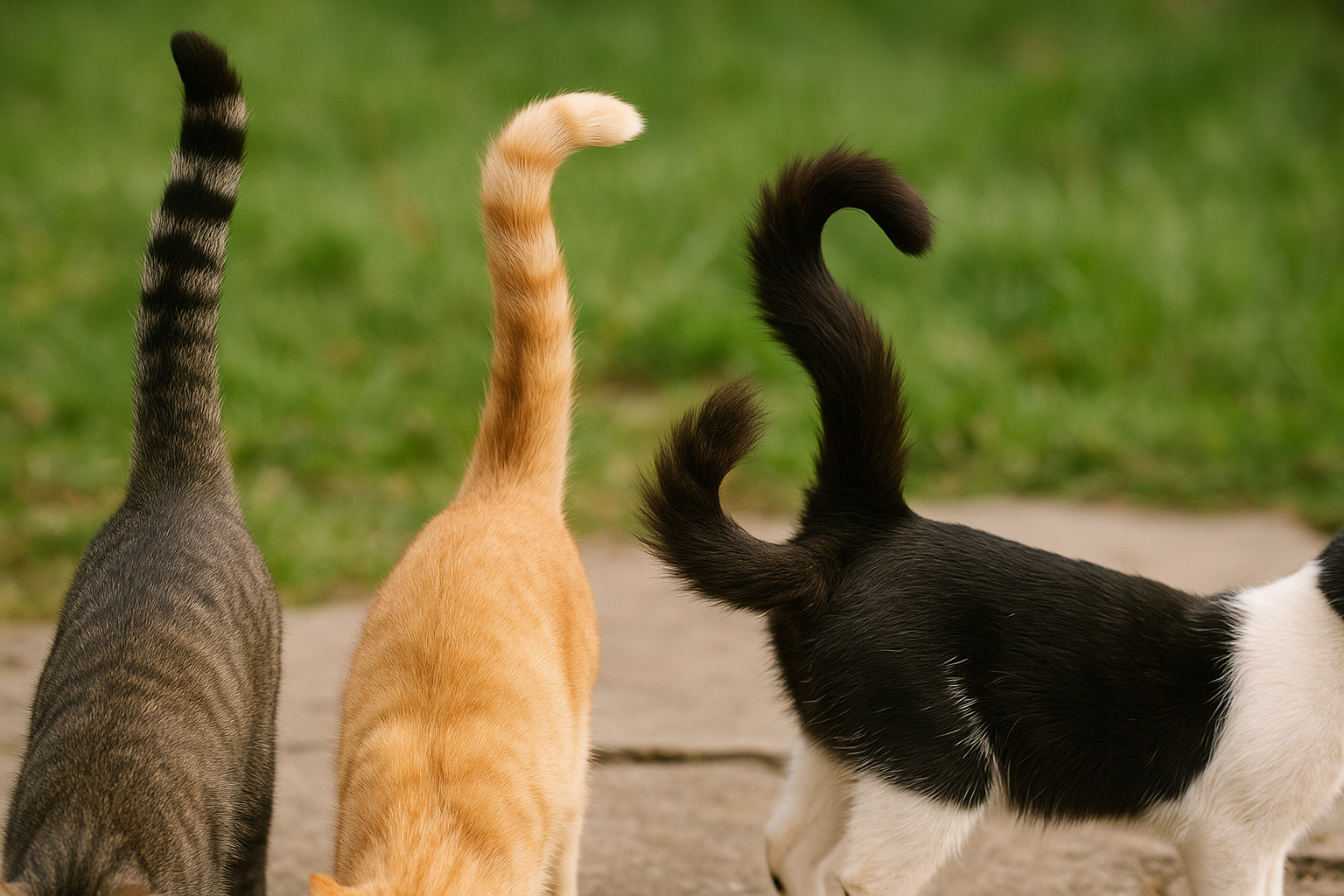
A cat’s tail is a versatile communication tool, conveying a wide range of emotions and intentions. The position and movement of a cat’s tail can indicate curiosity, aggression, fear, or contentment. Scientifically, tail language is an essential aspect of feline communication, allowing cats to interact with each other and their environment. For instance, a twitching tail may signal irritation, while a high, upright tail often indicates confidence and friendliness. By learning to interpret tail signals, cat owners can better understand their pet’s mood and respond appropriately, fostering a harmonious relationship built on mutual understanding.
The Call of the Wild: Vocalizations and Their Meanings
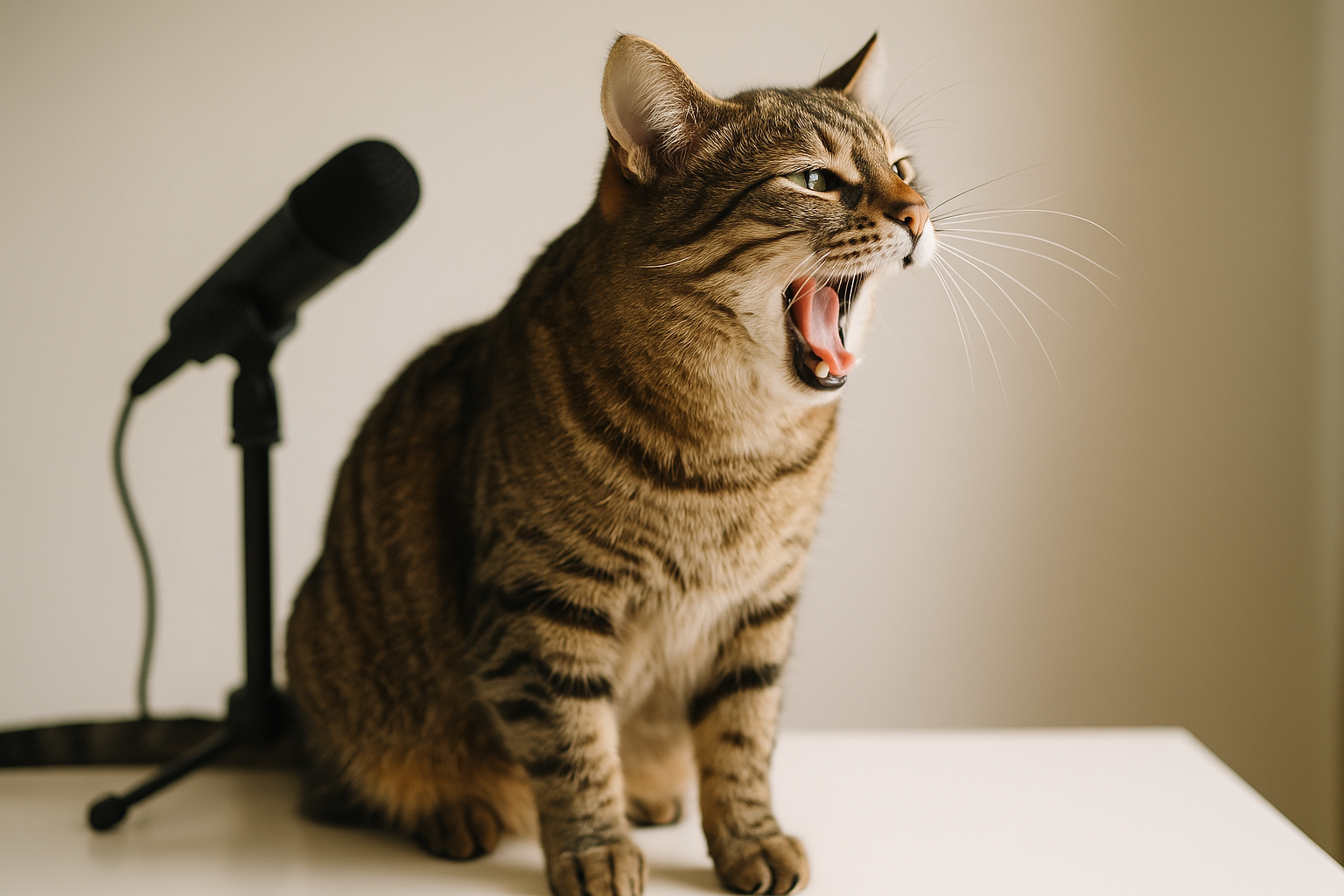
Cats are known for their vocalizations, which serve as a crucial aspect of their communication repertoire. Each meow, chirp, or trill has a specific meaning, often tailored to elicit a response from humans. Scientifically, cats have developed a range of vocalizations to communicate with their human companions, as adult cats typically do not meow at each other. This behavior highlights the adaptability of cats in human environments, where vocalizations serve to express needs, desires, or emotions. By paying attention to the nuances of your cat’s vocalizations, you can gain insights into their needs and strengthen your bond with them.
The Science of Grooming: More Than Just Hygiene
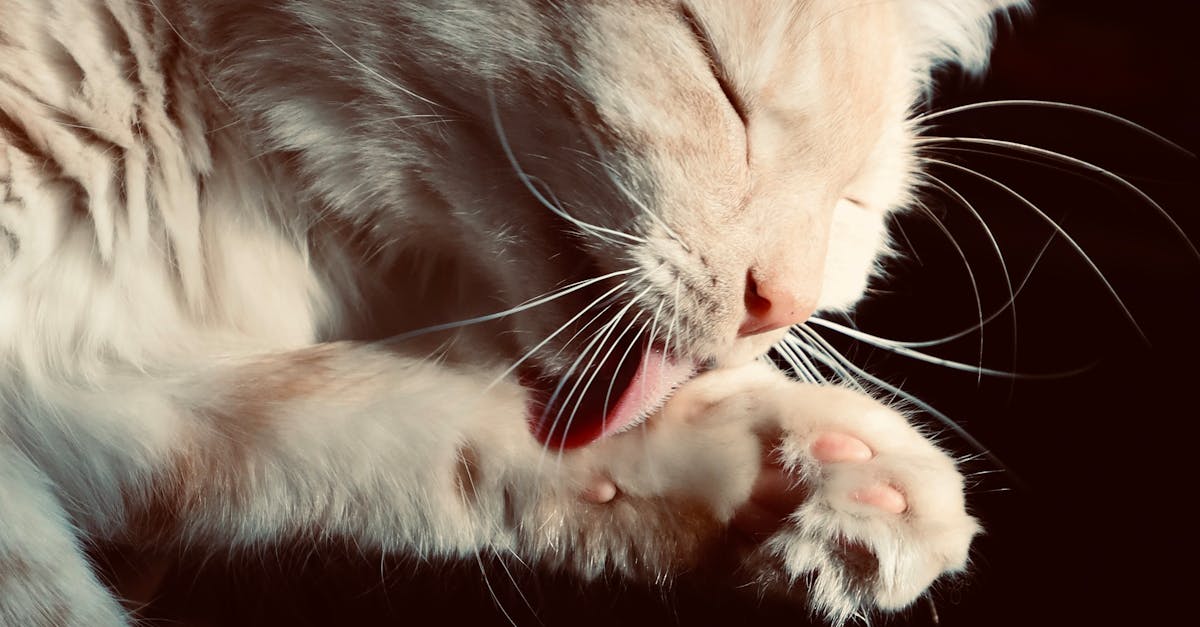
Grooming is a vital part of a cat’s daily routine, serving functions beyond mere cleanliness. Scientifically, grooming helps regulate body temperature, distribute natural oils, and reduce stress. Cats also groom each other as a social activity, reinforcing bonds within a group. Additionally, grooming can be a self-soothing behavior, helping cats cope with anxiety or discomfort. Excessive grooming, however, may indicate underlying health issues or stress. Understanding the science behind grooming can help cat owners recognize normal behavior and identify potential problems, ensuring their feline friends remain healthy and content.
The Enigmatic Gaze: Understanding the Cat Stare
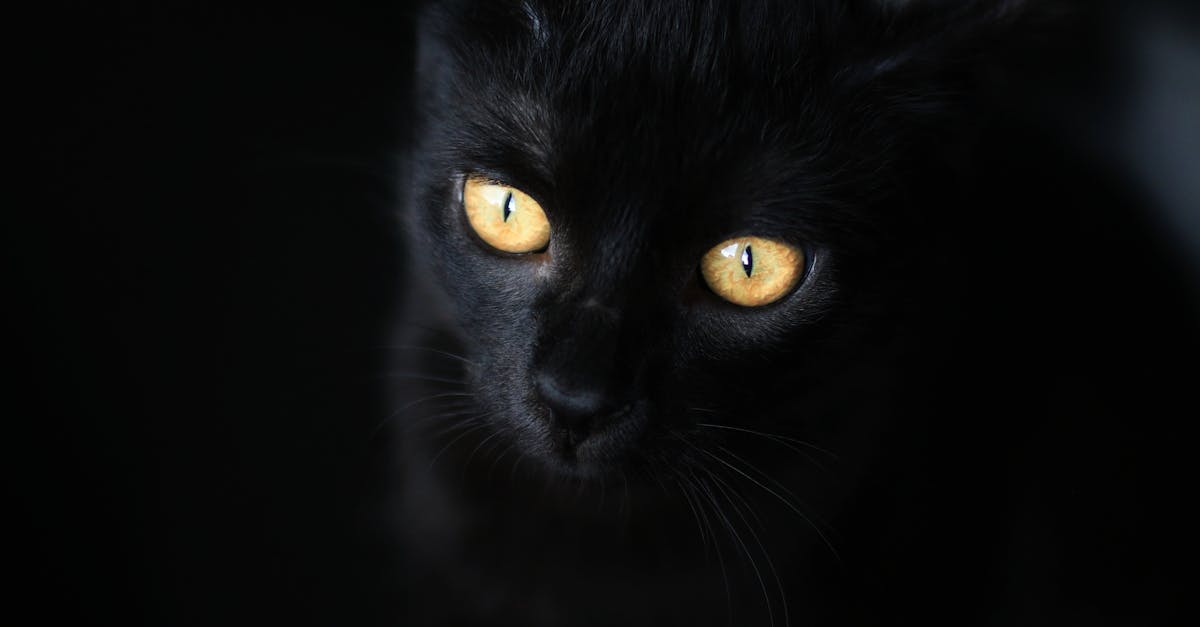
Cats are known for their intense stares, which can be both captivating and unsettling. Scientifically, a cat’s stare serves multiple purposes, from assessing their environment to communicating with humans and other animals. Prolonged eye contact can be a sign of trust, while a slow blink is often interpreted as a gesture of affection. Cats also use their gaze to assert dominance or express curiosity. By understanding the nuances of feline body language, including their gaze, cat owners can better interpret their pet’s intentions and emotions, fostering a deeper connection with their enigmatic companions.







